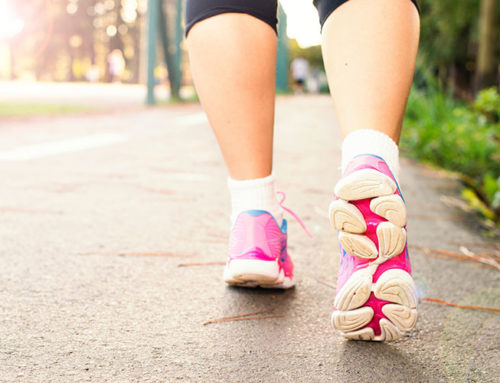News we’ve been waiting for years to hear is finally in! A study in the May Journal of Psychiatric Practice has pinpointed what type of exercises are best for improving symptoms of major depression.
Exercise is seen to improve the symptoms of depression, such as low mood and sleep and appetite changes, both as a solo therapy or as an augmentation to other treatments, like counseling, nutrients or medications.
Here is a summary of the findings on using exercise to alleviate depression:
- Aerobic and resistance (e.g. weight training) exercises are both beneficial, though aerobic exercise was found to be MOST helpful for alleviating depressive symptoms
- Aerobic intensity needs to reach 50% to 85% of the maximum heart rate, and in resistance training, patients need to do 80% of one repetition maximum, the maximum weight that can be lifted at a single time.
- Three to five exercise sessions weekly for 10 weeks are needed.
- Each session should be 45 to 60 minutes.
Keeping an exercise journal can be a great way to keep track of your progress and keep you motivated until you cross that 10 week (or 1350 – 3000 minute) threshold for improvement.
Bear in mind that these findings are specific to the diagnosis of major depression and may not apply to all types of low mood and depression. While this study is provides helpful guidance for type of exercises, and length and duration of use for alleviating symptoms of major depression, it should not be extrapolated that exercise is a panacea or silver bullet for treating all depressive symptoms; response to exercise as a treatment for depression may be variable. If you have depressive symptoms or low mood or a diagnosis of major depression, please talk with your doctor and/or mental health provider about how exercise might fit into your individualized treatment plan.
This blog post is courtesy of Dr. Miranda Marti. She has a strong interest in the mind-body connection and the organic (physical and biochemical) contributors to mental health and well-being.






